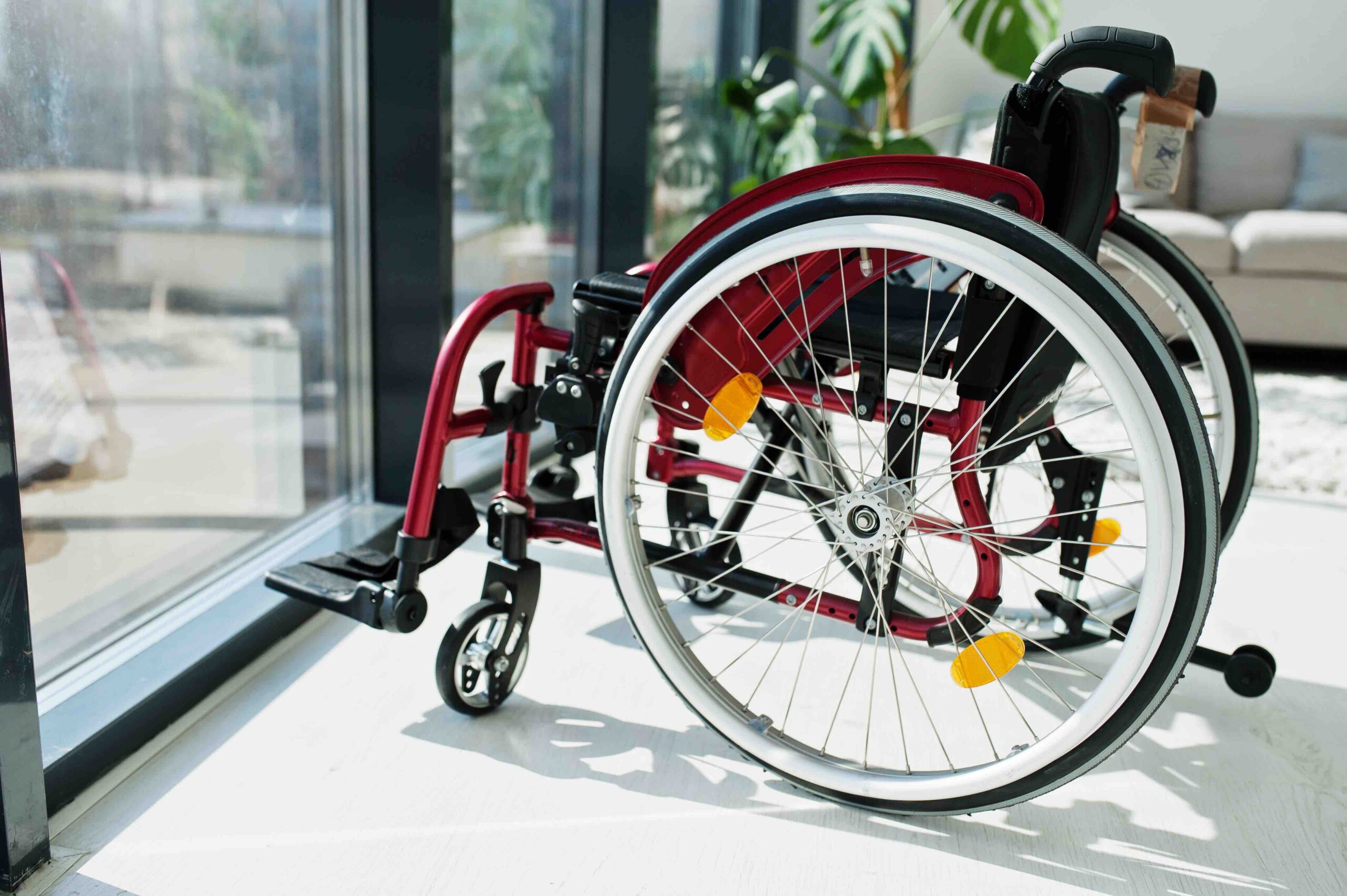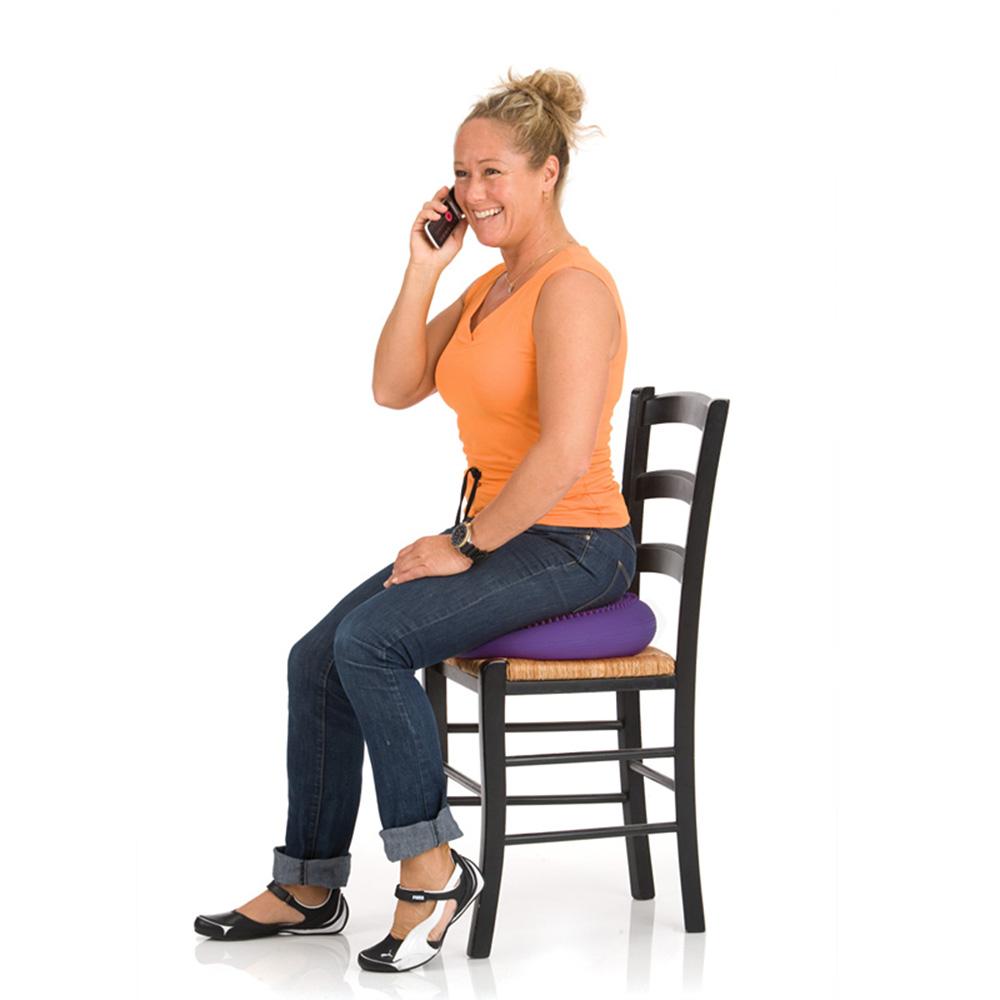Understanding the Benefits of Compression Stockings Compression stockings, also known as compression socks or support…

Creating a Safe and Accessible Home Environment
Creating a Safe and Accessible Home Environment
A safe and accessible home environment is essential for individuals of all ages and abilities. Whether you’re designing a new home or making modifications to an existing one, prioritizing safety and accessibility can significantly improve quality of life and independence. In this guide, we’ll explore key considerations and practical tips for creating a safe and accessible home environment for everyone.
1. Assessing Accessibility Needs
The first step in creating an accessible home is to assess the specific accessibility needs of the occupants. Consider factors such as:
Mobility limitations: Identify if any occupants have mobility challenges and require features such as ramps, grab bars, or stairlifts.
Sensory impairments: Address the needs of individuals with visual or hearing impairments by incorporating features like tactile flooring or visual alarms.
Cognitive considerations: Create a home environment that minimizes confusion and enhances safety for individuals with cognitive impairments, such as clear signage and simple layout designs.
2. Entrance and Exits
Ensure that entryways and exits are accessible to all occupants, including those using mobility aids or wheelchairs. Install ramps with proper inclines and handrails, widen doorways for wheelchair accessibility, and use non-slip flooring to prevent slips and falls.
3. Kitchen and Bathroom Modifications
The kitchen and bathroom are areas that require special attention for accessibility:
Kitchen: Install countertops at varying heights to accommodate individuals of different heights or those using wheelchairs. Use lever-style handles on cabinets and faucets for ease of use. Consider installing pull-out shelves and adjustable-height appliances.
Bathroom: Install grab bars near toilets and in showers or tubs to assist with stability and mobility. Use non-slip mats and flooring, and consider installing a walk-in shower with a low threshold for easy access.
4. Lighting and Visibility
Good lighting is crucial for safety and visibility within the home. Ensure adequate lighting in all areas, including hallways, staircases, and entryways. Use motion-sensor lights for added convenience and energy efficiency, and consider installing nightlights in bedrooms and bathrooms for nighttime navigation.
5. Flooring and Surfaces
Choose flooring materials that are slip-resistant and easy to navigate, especially for individuals with mobility challenges. Avoid high-pile carpets that can be difficult to maneuver on, and opt for smooth, low-pile carpets or non-slip flooring options such as hardwood, laminate, or vinyl.
6. Safety Features
Incorporate safety features throughout the home to prevent accidents and promote a secure environment:
Install smoke detectors and carbon monoxide detectors on each floor of the home, and test them regularly.
Use childproof locks on cabinets and drawers to prevent accidental access to hazardous items.
Ensure that electrical outlets and switches are easily accessible and at a convenient height for all occupants.
7. Accessibility Technology
Consider integrating accessibility technology into the home, such as smart home systems that allow for voice control of lights, appliances, and security features. These technologies can enhance convenience and independence for individuals with disabilities or limited mobility.
8. Regular Maintenance and Inspections
Maintaining a safe and accessible home requires regular inspections and maintenance:
Check handrails, grab bars, and ramps for stability and wear, and repair or replace as needed.
Keep pathways clear of obstacles and clutter to prevent tripping hazards.
Inspect and maintain accessibility features such as stairlifts or elevators to ensure they are functioning properly.
Conclusion
Creating a safe and accessible home environment is a multifaceted process that involves careful planning, consideration of individual needs, and implementation of practical solutions. By addressing accessibility needs, incorporating safety features, and leveraging technology where appropriate, you can create a home that promotes independence, comfort, and peace of mind for everyone.



